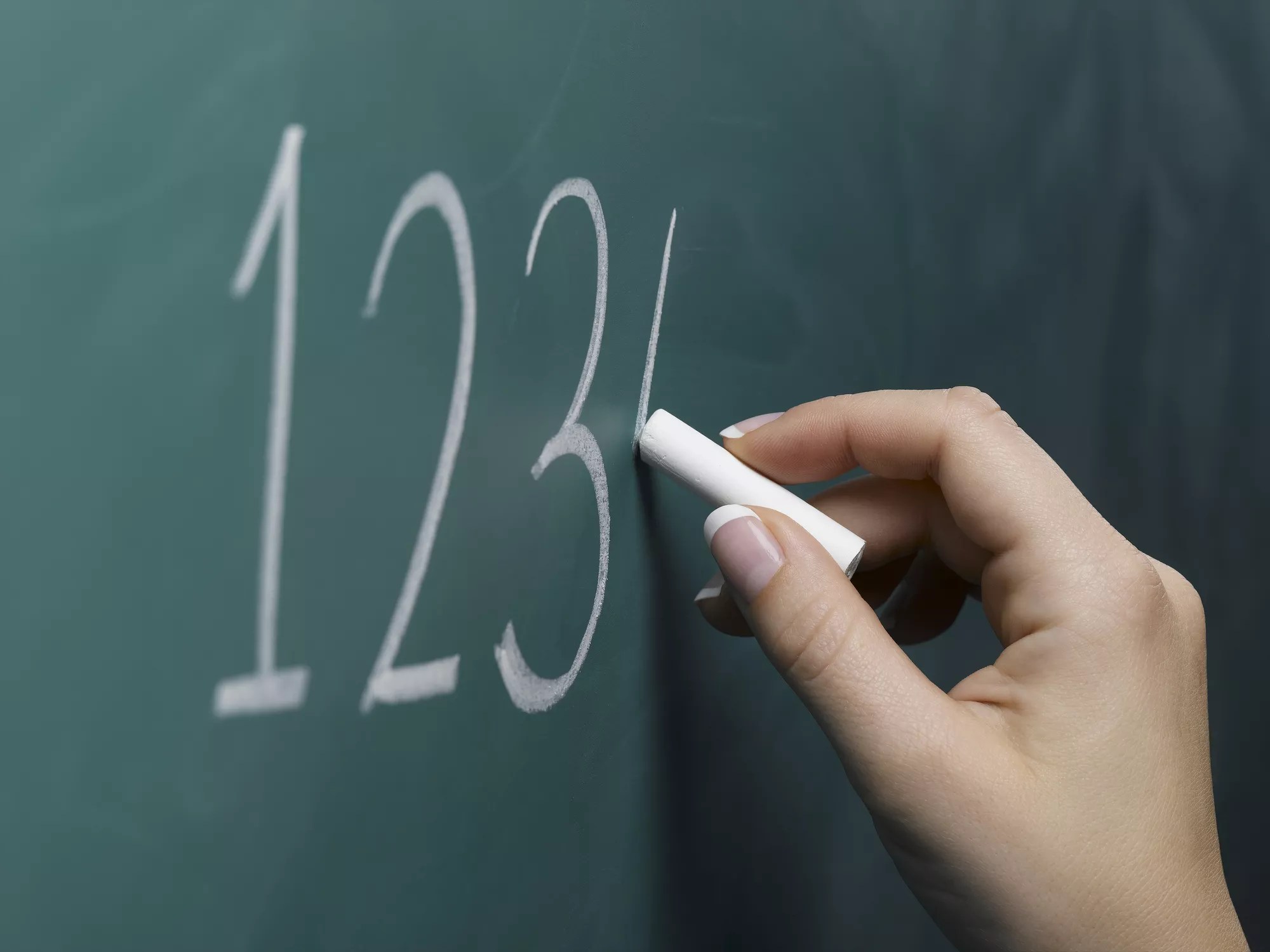
Jeffrey Coolidge/Getty Images

Audio By Carbonatix
If you can read this, you might not have been educated in an Arizona public school.
OK, that’s a gross exaggeration. The state’s underfunded public schools and the people who work in them are doing their damnedest to smarten up our children. But the challenge before them is gargantuan. According to a new study, out of 51 public school systems in the country – all 50 states plus Washington, D.C. – Arizona’s public schools rank 48th.
Or, for those who learned to count backward, that’s fourth-worst in the U.S.
The study comes via the personal finance website WalletHub, which set out to do a comprehensive ranking of K-12 public school systems. The site examined and weighted 32 distinct metrics – along two key “dimensions,” quality and safety – to produce its ranking. Massachusetts, Connecticut and New Jersey claimed the top three spots, while New Mexico, Oklahoma and Alaska took the bottom three. Arizona sits right above Alaska, ranked 47th in quality and 44th in safety.
This year, make your gift count –
Invest in local news that matters.
Our work is funded by readers like you who make voluntary gifts because they value our work and want to see it continue. Make a contribution today to help us reach our $30,000 goal!
What’s holding Arizona back? Parsing the data, the state rates poorly in dropout rate (tied for 47th-highest), median ACT score (tied for 49th-worst) and student-to-teacher ratio (dead last). More broadly, though, Arizona ranks 48th in school spending, which public education advocates say is the crux of the issue.
“It’s really hard to expect our schools to perform above average when we’re funded at 48th in the nation,” said Tyler Kowch, a spokesperson for the public education advocacy group Save Our Schools. “Our teachers and our administrators are really doing the best they can with a short-changed budget.”
For decades, Arizona has consistently ranked among the states with the worst public schools in the country. Last year, Arizona’s schools ranked as the worst in the nation, according to a study by the nonpartisan financial publication ConsumerAffairs.
Viewed from 30,000 feet, Arizona’s poor rankings appear to be a chicken-or-the-egg scenario. Are Arizona’s schools bad because they’re underfunded, or does the state not fund them because they’re bad? Many right-wing policymakers would claim the latter, using Arizona’s troubled public school system as an excuse to funnel public dollars to charter schools and private school vouchers, which operate with less oversight.
Arizona Superintendent of Public Instruction Tom Horne, a Republican and a staunch supporter of charter schools and private school vouchers, did not return a request for comment on Arizona’s ranking.
School choice effects
But education advocates like Kowch point out – and the facts more clearly reflect – that the right’s fetish for “school choice” has contributed to the hollowing out of the public school system. In Arizona, private school vouchers, or Empowerment Scholarship Accounts, have benefited roughly 85,000 students who are mostly well-off. Many of whom were already attending private school. Some have used those vouchers to buy luxury items like Lego sets and pricey musical instruments, while public school students go without basic supplies. Arizona spends nearly $1 billion on ESAs each year.
Meanwhile, charter schools – which can be for-profit institutions – often operate with less oversight and can produce worse outcomes. They also siphon enrollment from public schools, which are thrust into a death spiral. Fewer students means less funding means closing schools means fewer students means less funding. On and on it goes.
“There’s absolutely zero evidence that the voucher program does anything to improve academic outcomes,” Kowch said. Arizona collects “zero data on performance” from voucher students, he added, leaving the state with “no idea if they’re actually performing any better in a voucher-funded school than in a public school.” Studies done in other states – such as Louisiana, Indiana, Ohio and Washington, D.C. – found that students learning through vouchers “experienced significant declines in their academic performance,” according to the National Coalition for Public Education.
The way to fix Arizona’s public schools is to fund them, Kowch said. That Arizona has the worst student-to-teacher ratio of any state is “no surprise” and a “symptom of funding,” he said.
“We aren’t paying our teachers enough, so we aren’t attracting and retaining high-quality teachers in the classroom,” he said. “We’ve combined classes and we also have a teacher shortage.”
Things may get worse for Arizona’s public schools before they get better. While the state’s new budget includes some public school funding, ESA spending continues without guardrails and federal decisions are putting Arizona in a tough spot. As part of Donald Trump’s effort to dismantle the U.S. Department of Education – which Horne supports – the Trump administration has withheld an estimated $132 million from Arizona schools, according to the office of Arizona Attorney General Kris Mayes. Some of those funds have been released back to the states, but many schools and districts are still looking at a shortfall as the new school year approaches, meaning some programs and services simply won’t be available.
“We’re in a really tough place for our schools,” Kowch said. “They’re expected to do more with less.”
Until politicians get serious about funding public schools – which may require flipping the legislature to Democratic control, which hasn’t happened in decades – Arizona will continue to be a national laggard.